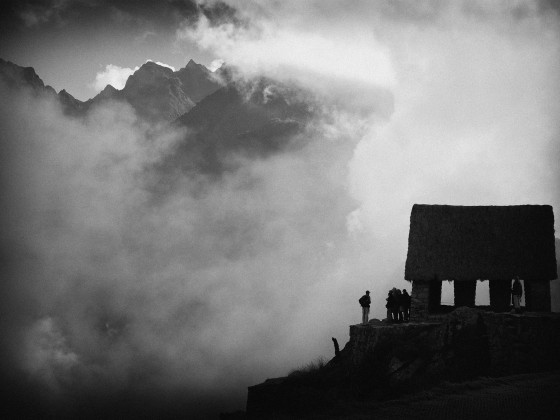THE FABLE OF AN EL DORADO shrouded in early morning mists draws hundreds of Patagonia-clad pilgrims of all shapes, sizes, and ages to Machu Picchu every day.
Machu Picchu is the most oversubscribed trek in the Andes, and for good reason. You need a little physical conditioning, the right gear, some enthusiastic guides and the solidarity of the other hikers to get through it, but with preparation and good humor, the trek to Machu Picchu is one of the most rewarding journeys in the world.
Don’t get me wrong, this trek is not all peaches and cream. The Inca Trail requires crossing summits of 4200m and descending over unequal Incan paving. You would be well advised to hit the gym for at least a few weeks before your trip.
